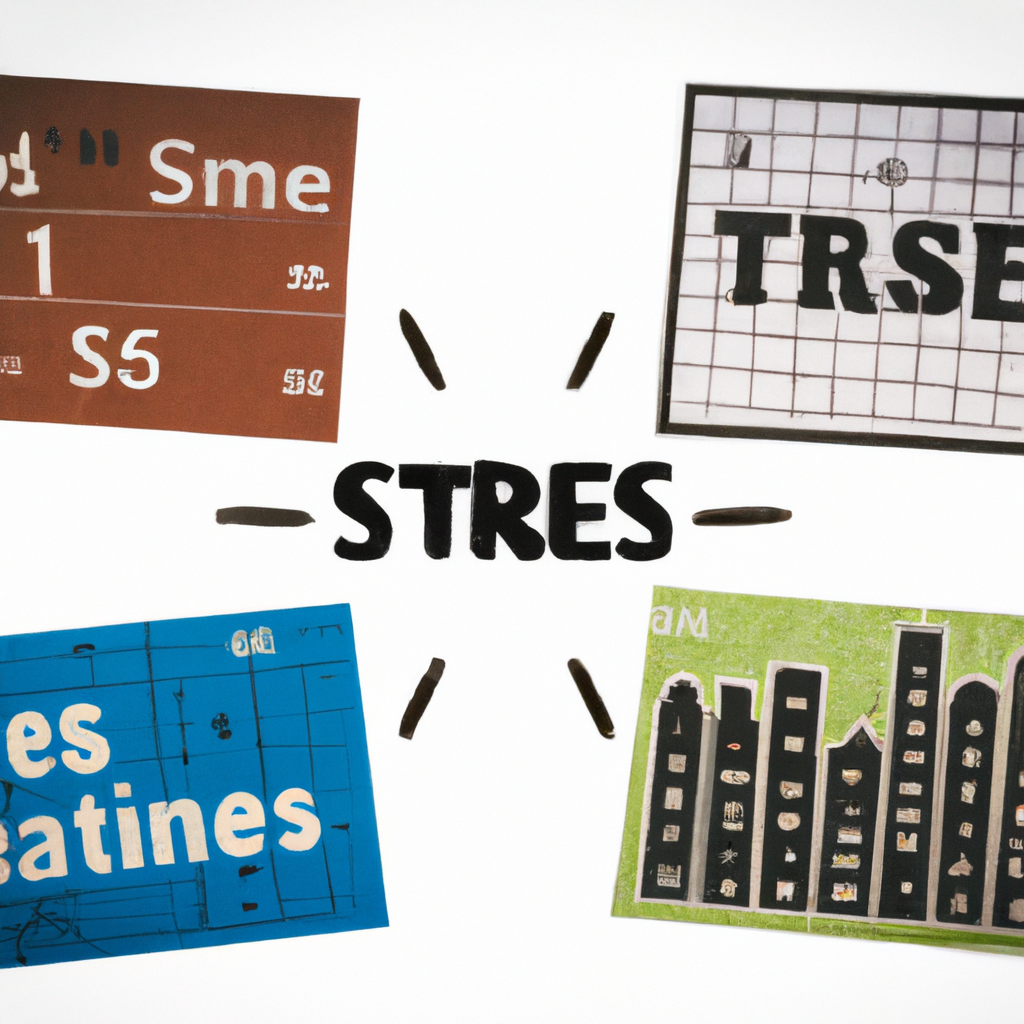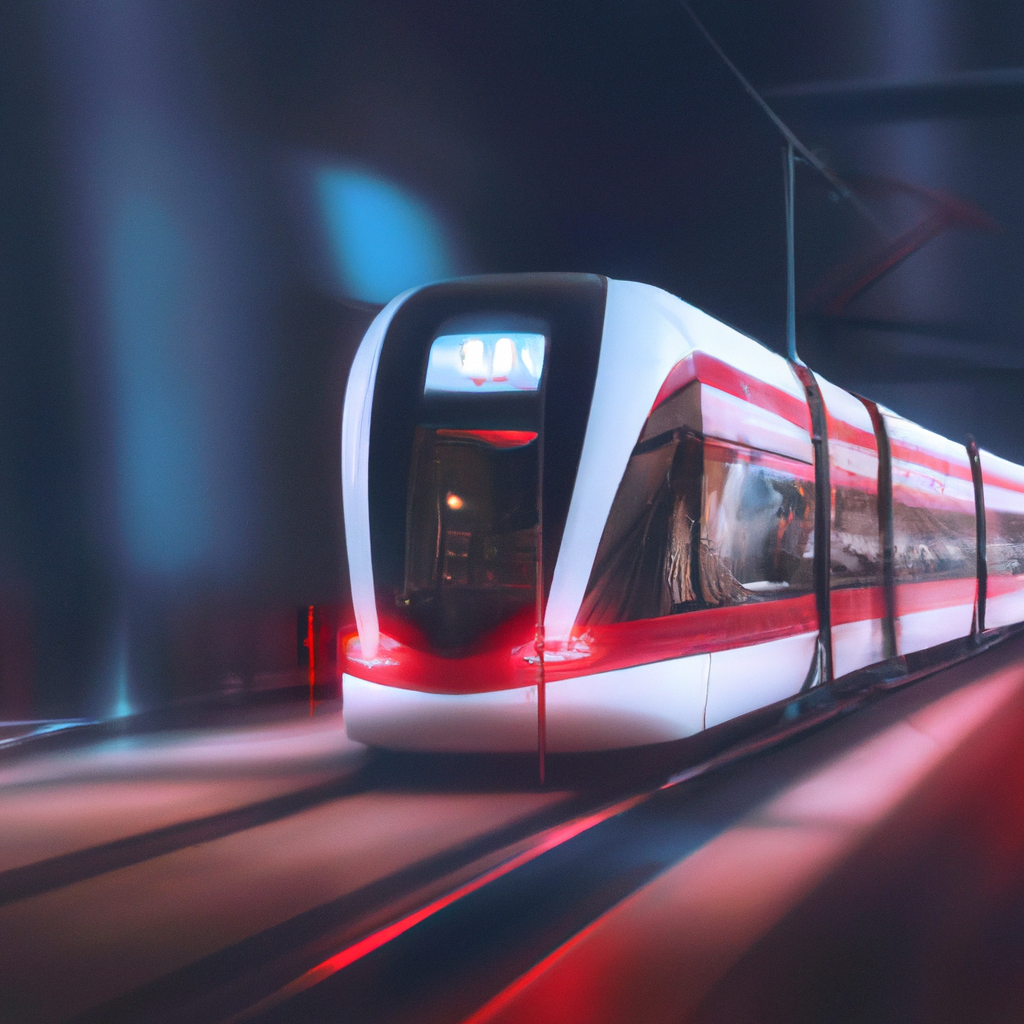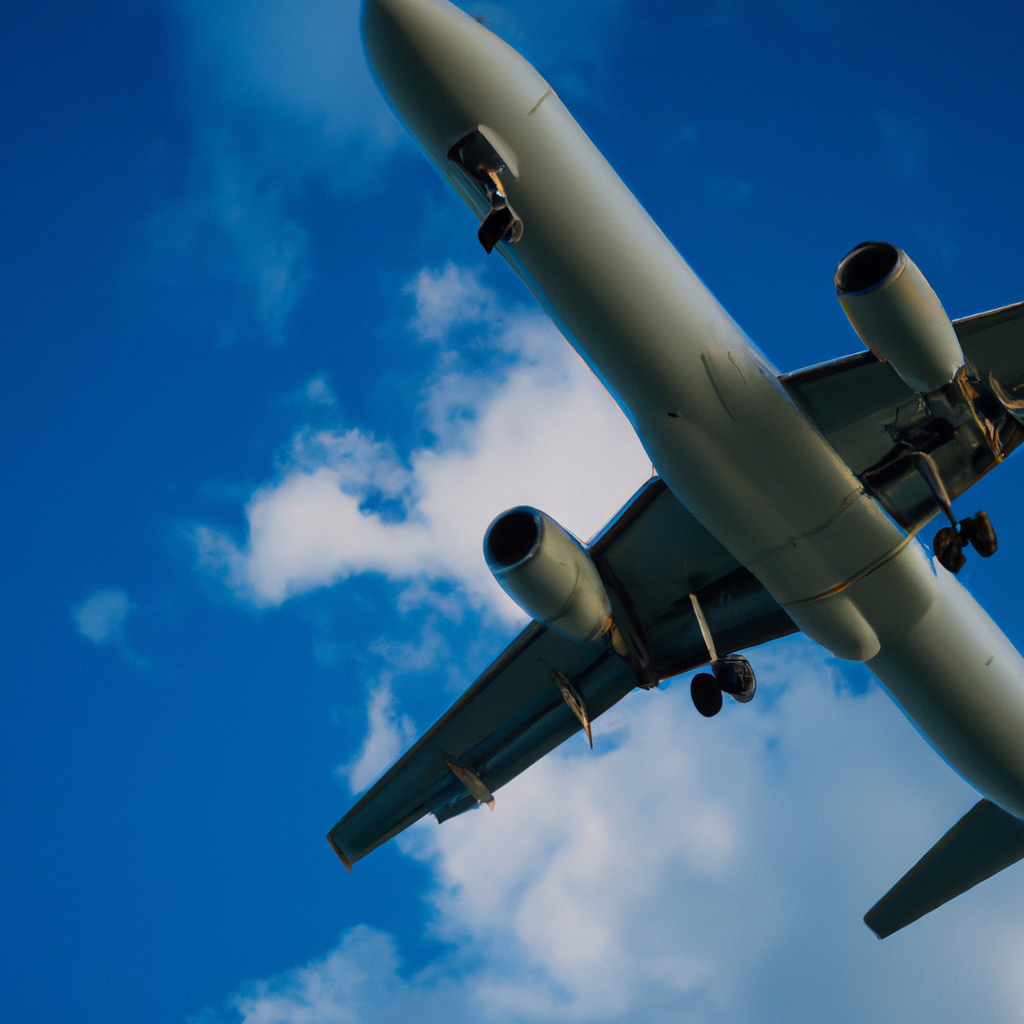- "From Tracks to Skies: Exploring the Evolution of Train and Air Travel"


Title: From Tracks to Skies: Exploring the Evolution of Train and Air Travel
In the realm of transportation, the modes of train and air travel have played significant roles in shaping the way we traverse the world. From the early days of steam trains chugging along tracks to the sleek airplanes soaring through the skies, the evolution of these modes of transport has been nothing short of remarkable.
Train travel, with its origins dating back to the 19th century, revolutionized the way people connected across long distances. The invention of locomotives and the development of railroad networks paved the way for rapid industrialization and economic growth. Passengers could now travel comfortably and efficiently, opening up new opportunities for trade, tourism, and cultural exchange.
On the other hand, air travel emerged in the early 20th century as a groundbreaking innovation that transcended geographical boundaries. The Wright brothers' first successful flight in 1903 marked the beginning of a new era in transportation. As technology advanced, airplanes became faster, safer, and more accessible to the general public. Today, air travel is synonymous with speed, convenience, and global connectivity.
The evolution of train and air travel has been shaped by technological advancements, changing consumer preferences, and environmental considerations. While trains remain a popular choice for short to medium-distance journeys, airplanes dominate the long-haul travel market due to their unmatched speed and efficiency.
In recent years, sustainability has also become a key focus for both train and air travel industries. Trains are inherently more eco-friendly than airplanes, emitting fewer greenhouse gases per passenger. However, airlines are investing in greener technologies and practices to reduce their carbon footprint and minimize environmental impact.
Despite the challenges posed by the COVID-19 pandemic, both train and air travel have shown resilience and adaptability. Train operators have implemented stringent hygiene protocols and flexible booking options to reassure passengers, while airlines have enhanced cleaning procedures and introduced contactless services to ensure a safe travel experience.
As we look to the future, the evolution of train and air travel is set to continue, driven by innovation, sustainability, and changing consumer demands. Whether you prefer the rhythmic clack of train tracks or the exhilarating ascent into the skies, both modes of transport offer unique experiences that have shaped the way we explore the world.
In conclusion, the evolution of train and air travel has transformed the way we connect, explore, and experience the world around us. As we embrace the possibilities of the future, it is clear that both modes of transport will continue to play integral roles in shaping the way we travel for generations to come.












